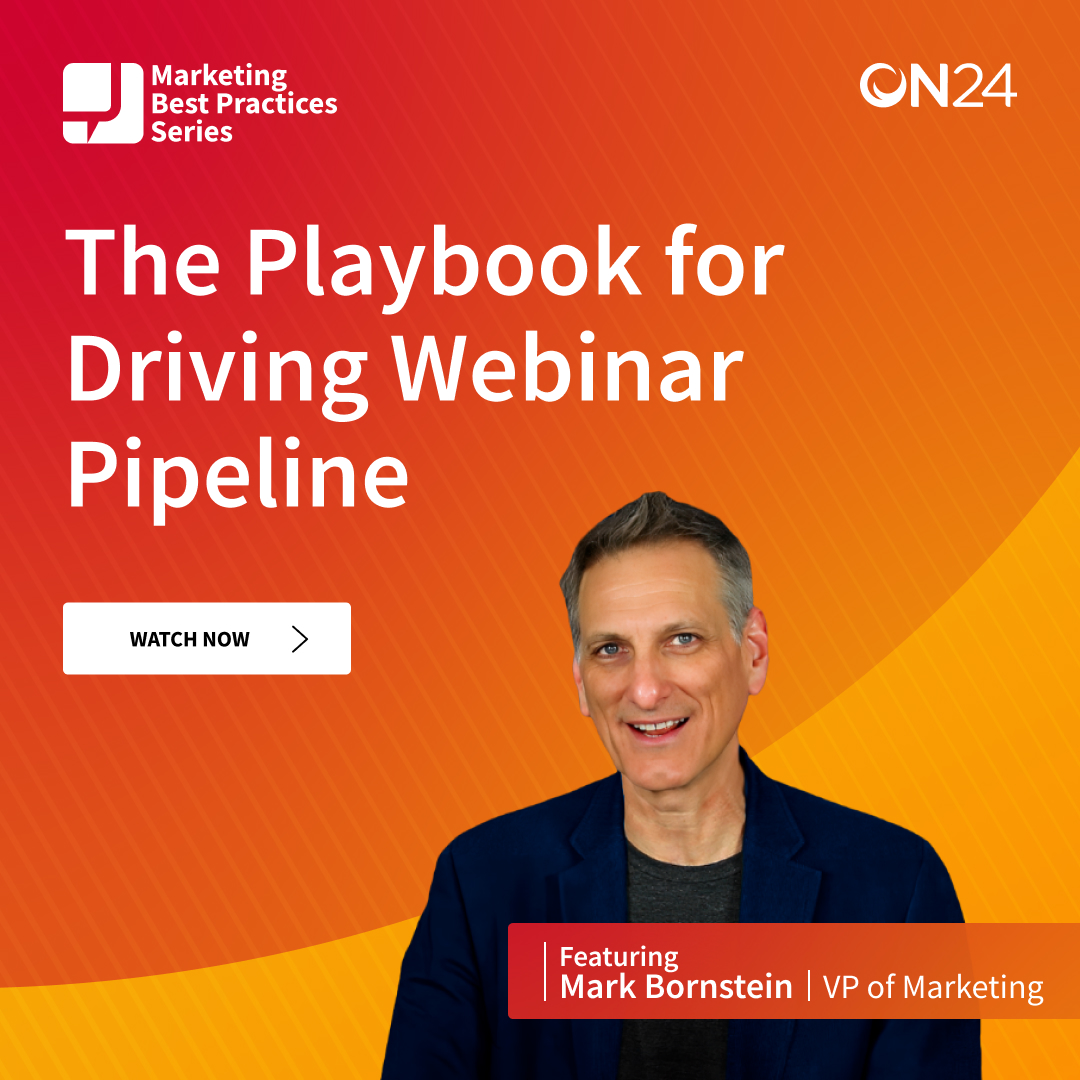Exploring the Modern 4Ps of Marketing: What Are The 4Ps?

The 4 Ps of marketing is a simple, but effective, marketing theory that concentrates marketing activities around four pillars: product, place, price and promotion. With these four building blocks, marketers can create campaigns that effectively reach a target audience and across a range of promotional channels to promote a product.
But the 4 Ps were developed more than half a century ago in the 1960s, when technologies were limited to print and reach was limited to a geographic area. Successful campaigns based on the 4 Ps would depend on saturating the target market for long enough to get your message across. Because of these limitations, there was little in the way of measuring campaign effectiveness and confidently reporting on a marketer’s impact.
However, advances in technology have changed the game. The internet has not only made it possible to place messages anywhere in the world, but it also provides marketers with the ability to measure and assess the impact of its efforts. And because of these two elements — the ability to place messages and accurately measure impact – marketers can more easily react to and address the needs of buyers (who, ultimately, have more power and control over the buying process than ever before).
But marketers — even in the era of digital marketing — still rely on the traditional 4 Ps as a guiding model today. Times are changing, and we all should be reframing how we think about the 4 Ps. However, before understanding the modern 4 Ps of marketing, we must first cover the traditional 4 ps of marketing that laid the foundation for what was to come.
The Traditional 4 Ps of Marketing: A Foundation for Success

Before delving into the “Modern 4 Ps of Marketing,” it’s essential to understand the traditional framework that set the stage for marketing strategies worldwide. The 4 Ps—Product, Price, Place, and Promotion—are a foundational marketing mix designed to help businesses craft effective campaigns that resonate with their target audience. While the digital era has evolved how we market, these timeless principles remain as relevant as ever. Let’s explore each P and how it plays a vital role in marketing success.
1. Product: Solving Problems and Meeting Needs
A product is the core of any marketing strategy—it’s the solution to a customer’s problem or the fulfillment of a specific need. Products can be physical goods, services, or even ideas that provide value to a target audience. Successful products are designed with the customer in mind, offering unique benefits that distinguish them from competitors.
Example:
Consider Apple’s iPhone. When launched, it wasn’t just another phone; it combined a music player, internet browser, and calling device in one sleek package. This groundbreaking innovation met multiple customer needs, making it an instant success and redefining the smartphone market.
Takeaway:
Marketers must deeply understand their product’s unique value and how it aligns with customer desires. Ask: What sets it apart? How does it solve a pain point?2
2. Price: Finding the Right Value Proposition
Price represents the monetary value consumers are willing to pay for a product or service. It’s a delicate balance—set the price too high, and you risk alienating potential customers; too low, and you might undervalue your product or erode profitability. Pricing also communicates brand positioning, such as luxury, affordability, or exclusivity.
Example:
Luxury brands like Rolex position their products as premium by maintaining high price points. This pricing strategy reinforces the perception of exclusivity and quality. Conversely, companies like Walmart thrive by offering value-based pricing, appealing to budget-conscious shoppers.
Takeaway:
Marketers should evaluate competitor pricing, production costs, and target audience willingness to pay. Pricing strategies can significantly influence customer perception and purchase decisions.
3. Place: Reaching Your Target Audience
Place refers to where and how your product is made available to customers. This includes physical locations, online stores, and distribution channels. The right placement ensures your product is accessible to your target audience when and where they need it.
Example:
Nike effectively combines online and offline strategies, offering products through its website, physical stores, and retail partnerships. This omnichannel approach ensures broad visibility and easy access for diverse customer segments.
Takeaway:
Consider where your audience shops—whether it’s in specialty stores, big-box retailers, or online marketplaces—and ensure your product is strategically placed to maximize reach and convenience.
4. Promotion: Communicating Your Value
Promotion encompasses all the ways a company communicates with its audience to generate interest and drive sales. This includes advertising, public relations, content marketing, and social media campaigns. A strong promotional strategy ensures that the right message reaches the right audience at the right time.
Example:
Absolut Vodka’s long-running advertising campaign featured its signature bottle in creative, surreal designs, turning the bottle itself into an icon. This campaign helped establish Absolut as one of the most recognizable vodka brands globally.
Takeaway:
Effective promotion is more than just ads—it’s about telling a story that resonates with your audience. Combine compelling messaging with strategic placement across channels your audience frequents.
The traditional 4 Ps of marketing provide a reliable foundation for crafting impactful campaigns. When used thoughtfully, they enable marketers to align their strategies with audience needs and business goals. By understanding and adapting these principles to modern tools and techniques, you can build a comprehensive marketing approach that delivers results. The world is a vastly different place now than it was when Neil Borden initially popularized the idea of marketing mix – as it was initially called. Our modern four Ps of marketing should reflect this.
Alternate Marketing Mixes

While the 4 Ps of marketing provide a timeless foundation for crafting effective campaigns, they aren’t the only framework available to marketers. Over time, new models have emerged to address the evolving complexities of modern marketing. These include the 5 Ps, 7 Ps, and 5 Cs, which build on the original framework to incorporate customer-centric approaches, operational nuances, and external factors. Let’s explore these alternate marketing mixes and how they expand on the traditional four Ps of marketing.
The Five Ps
The five Ps extend the original 4 Ps of marketing—product, price, place, and promotion—by adding a fifth critical element: people.
Modern marketing increasingly recognizes the importance of centering the experiences of customers and staff in every campaign. “People” refers to everyone involved in delivering a brand’s promise, from employees to customers. By focusing on how customers interact with products, services, and support teams, businesses can ensure a seamless and satisfying journey.
Example:
Consider how service industries like hospitality thrive by emphasizing the “people” factor. A luxury hotel doesn’t just rely on physical amenities (product) or location (place); it also invests heavily in training staff to deliver exceptional service, turning a stay into a memorable experience.
The Seven Ps
The seven Ps further elaborate on the traditional framework by adding three additional elements: people, processes, and physical evidence. These elements are particularly relevant in service-based industries where customer experiences depend on operational excellence and trust.
- Processes focus on the steps and logistics that ensure consistent delivery of a product or service. For example, an e-commerce platform’s checkout process must be intuitive and secure to build customer confidence.
- Physical evidence refers to tangible elements—such as professional packaging, store environments, or website design—that reassure customers of a product’s credibility and quality.
Example:
Online retailers like Warby Parker use physical evidence effectively through stylish packaging and easy-to-navigate digital platforms, ensuring customers feel confident about their purchase decisions.
The Five Cs
The five Cs—customer, company, competition, collaborators, and climate—shift focus from internal processes to external factors influencing the market.
- Customer: Places customer needs and experiences at the forefront, similar to the personalization trends in modern marketing.
- Company: Examines the organization’s internal capabilities and resources.
- Competition: Analyzes competitors to identify market opportunities or threats.
- Collaborators: Highlights partnerships and alliances that can amplify a marketing strategy.
- Climate: Refers to the broader social, political, and economic factors affecting the market environment.
Example:
For a sustainable fashion brand, the “climate” factor might include shifting consumer preferences toward eco-friendly products and regulatory changes favoring sustainable practices.
The First Modern P of Marketing: Promotion

Similar to the original four Ps of marketing, promotion is vital to digital marketing success, but its emphasis has shifted. Instead of directly promoting a product or solution, promotion – in the modern framework – involves activities that direct audiences towards experiences with your brand. With engaging, compelling digital experiences in place, you can then build brand trust through personalized interactions and a journey that provides a visitor with the content they want, when they want it. A good, modern digital promotion strategy needs to juggle three essential elements: audience-centricity, balance across promotions and continuous testing.
Modern promotion is audience-centric in that you need to take into consideration the multiple buying personas you’ve created for your different prospects and customers. It also needs to be balanced across distribution channels, like social media, email, ads and others. Lastly, modern promotion is continuously tested to see what works and what doesn’t so you can make sure your efforts are having the impact you want.
The Second Modern P of Marketing: Personalization

The second “P” to consider is personalization. The concept of a personalized marketing strategy is simply that you match your content — and your digital experience — to the audience you’re trying to engage. Personalization is less about creating new assets and materials for every prospect interaction and more about knowing what materials to customize and when to update them to best connect with your target audience.
Within personalization, there are three key areas you need to be mindful of: account, industry and persona. Similar to account-based marketing strategies, personalization targets an account and takes its preferences into consideration. With this information in hand, a marketing team can then create a marketing plan that resonates with the account and is more likely to drive the account further down the buying funnel.
But personalization doesn’t demand addressing visitors on a first-name basis. In fact, personalizing marketing experiences based on a visitor’s industry should suffice in many cases. For example, a tech start-up shouldn’t have the same assets, creatives or language as a financial or legal institution. A modern approach would instead provide each industry with its own digital experience that would serve them with the most relevant content and product mix to suit their needs.
The third personalization area to consider is the prospect’s persona. Often the buying decision doesn’t rest with just one person, so there are multiple personas to consider. It may be a manager that leads the buying process, but it may be the chief financial officer that has the final say in acquiring your solution or product. That’s why it’s important to have the right materials on hand that resonate with the many different types of professionals involved in the process.
With information on the account, industry and persona you can design customized opportunities to interact with your prospect like polls and surveys which provides them with ways to signal the type of interaction they’re looking for from you. Your goal with personalization is to create customized experiences that enhance a prospect’s interaction with your brand.
The Third Modern P of Marketing: Pipeline

The next P in our list of Modern Marketing Ps is pipeline. Pipeline is so much more than just creating leads. It’s also about the quality of the leads created and the ability to map those leads to revenue.
To have a steady pipeline of high-quality leads, there needs to be consistent coordination and collaboration between sales and marketing. They need to be aligned on goals, strategies and tactics. The department leaders need to set a strong example and facilitate the relationship between the two teams while also defining targets and evaluating goals and methods.
Additionally, a solid pipeline requires significant employee empowerment for both marketing and sales. Marketers need to be empowered with accurate buying personas and industry research. Sales needs to be empowered with quality leads and the prospect’s history of engagement and interaction with the organization. Overall, a quality pipeline requires both teams to be on the same page for objectives, strategies and goals.
It also requires that you have a fully integrated MarTech stack so you can accurately trace your leads back to revenue — especially for any marketing automation or customer relationship management software. By having these tools fully integrated, you’ll be able to quickly evaluate the data in real-time and track your impact on pipeline and revenue.
The Fourth Modern P of Marketing: Predictability

The final element of our Modern 4Ps of Marketing is predictability. Predictability means having confidence in your plan, being able to replicate and scale your processes and procedures and having reliable estimations on the results you’ll generate.
To replicate and scale your marketing strategy, you should have a few things already in place: history, goals and a plan. Ideally, you are also aware of what parts of your marketing mix work — from webinar marketing and social media to display advertising and SERP — and what doesn’t. A historical record of past plans and how they succeeded or failed helps you know which tactics to use moving forward so you don’t waste time and money trying things that already didn’t work.
Predictability also means being able to estimate what your efforts will produce for your pipeline. Setting goals is necessary to understand whether your marketing mix is working the way you want it to. You should be able to estimate a reasonable number of conversions based on how many leads you add at the top.
Once you have a history of what does and doesn’t work for you and you’ve set goals for the number of conversions you want, you ought to have a plan for how you’re going to make it happen. Having a plan to execute allows you to put together target programs and tactics that will help you achieve your goals.
Though the Modern 4Ps of Marketing are quite different from the original four, there is one major similarity in that they both require constant work and monitoring. To ensure you have the right marketing mix, you will require consistent experimentation and analysis to determine what resonates and what doesn’t. As tools continue to evolve and more and more businesses realize the digital-first realm isn’t just a flashy trend, the Modern 4Ps of Marketing will become even more important to the success of marketers everywhere.
